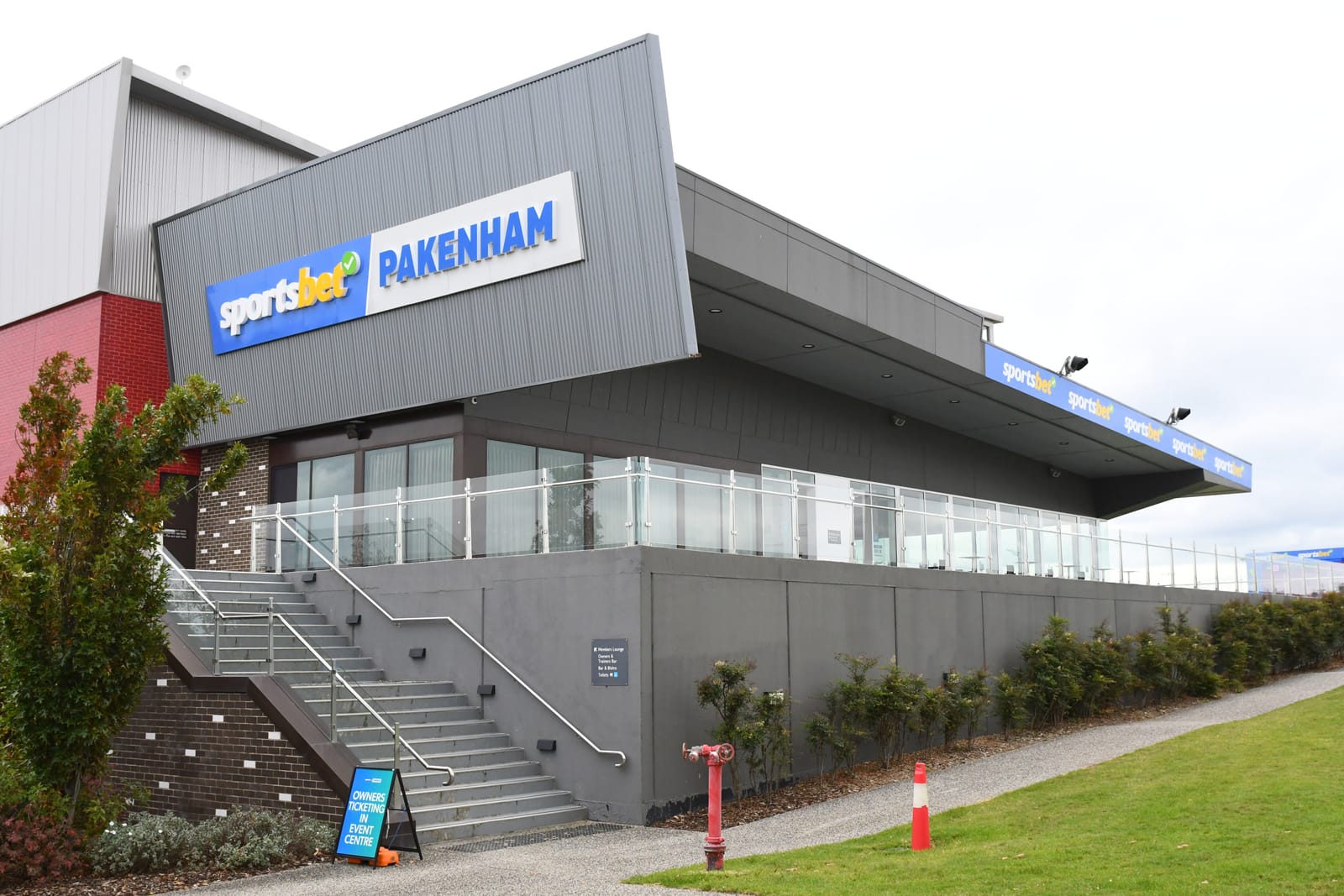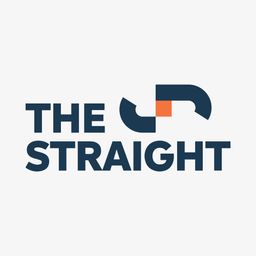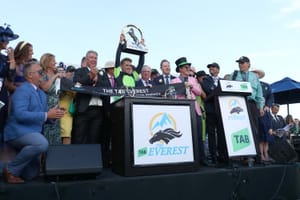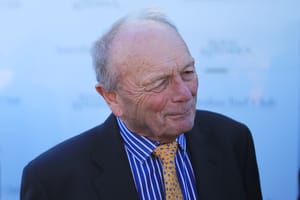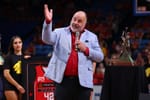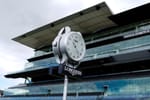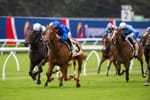When Melbourne’s racehorses were city dwellers, when training at Flemington or Caulfield meant you’d made it, Neil Bainbridge was chipping away at country Cranbourne.
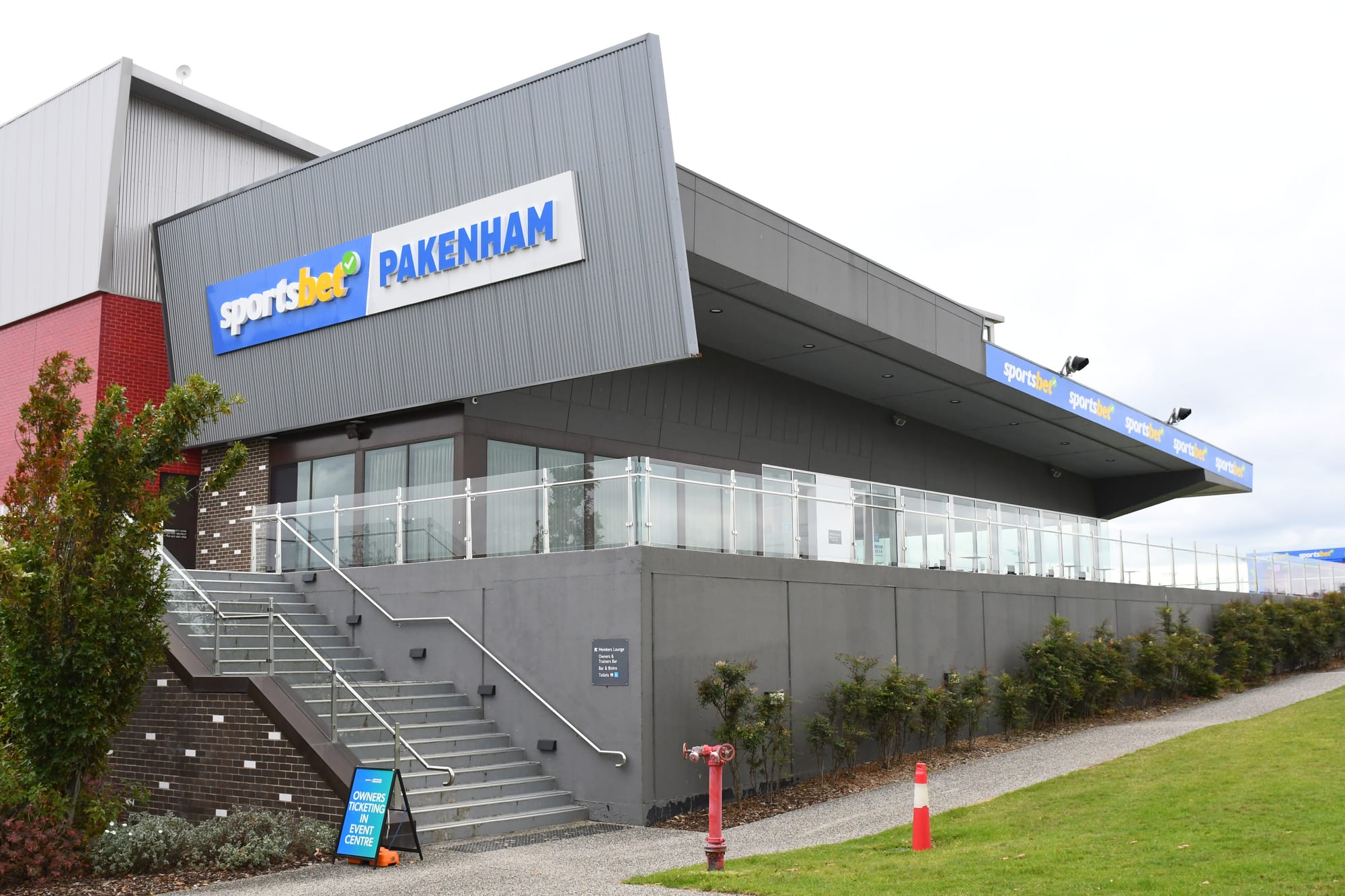
Bainbridge believed the horse racing landscape would change. He had witnessed the march of new residents, mostly families, into Melbourne’s southeast fringe.
It wouldn’t be “country” for long.
Bainbridge had been an accountant for Gippsland Water, then managed the Stony Creek and Bairnsdale race clubs and ran regional services for Country Racing Victoria before becoming Cranbourne CEO in 2006.
There had only been five CEOs at the club since 1867. It had been a club of some change but nothing like what lay ahead.
A little over a decade ago, Pakenham racetrack was a tight little circuit a stone’s throw from the town centre and Cranbourne was a strong country club in the southeast with a busy training centre of mostly smallish stables of mostly country horses. Many arrived via two-horse floats from nearby rural properties. Most of the “Cranny" trainers were cockies.
All the good horses were trained in town. City trainers attracted big city owners and all the big breeders. There was cache in having a horse trained at Headquarters.
It was always said that Cranbourne would never attract big stables because … it was Cranbourne. A handful of hobbyists trained at Pakenham.
“Tell me the last good horse trained at Cranbourne” was a catchphrase that followed Caulfield trainers as they packed their gear and headed out of town.
In November 2021, 22 Caulfield trainers, including big guns Mick Price and Ciaron Maher, became homeless when training ended at the famous track. The red-brick stables are now rubble as the new-look Melbourne Racing Club comes to grip with a master plan that has bulldozed its way through history.
The Caulfield trainers flooded to Cranbourne and trickled to Pakenham, which gained a new life a decade ago. The old track owned for generations by the Bourke family was sold off for housing, replaced by a vast, modern precinct up the road at Tynong.
The arrival of Price/Kent, Ciaron Maher, Clinton McDonald and the Moloneys from Caulfield, and the addition of big brands like Te Akau and now Anthony and Sam Freedman to the likes of Greg Eurell, Mick Kent and Robbie Griffiths, has made Cranbourne the biggest training centre in Australia.
More than 1000 horses are trained at Cranbourne, where the Caulfield trainers have embraced the wide-open spaces and sand hills.
Country was now cool. The Caulfield refugees wonder how they ever trained winners around the Caulfield ‘saucer’.
After slow take-up, Pakenham now has 500 horses, including Moody/Coleman and Phillip Stokes. Dan Meagher, Singapore’s leading trainer, will soon join them and in time 500 is expected to become 1000.
Within five years, Southside tracks will house about half the state’s horses. It will be the engine room of Victorian racing, if it isn’t already.
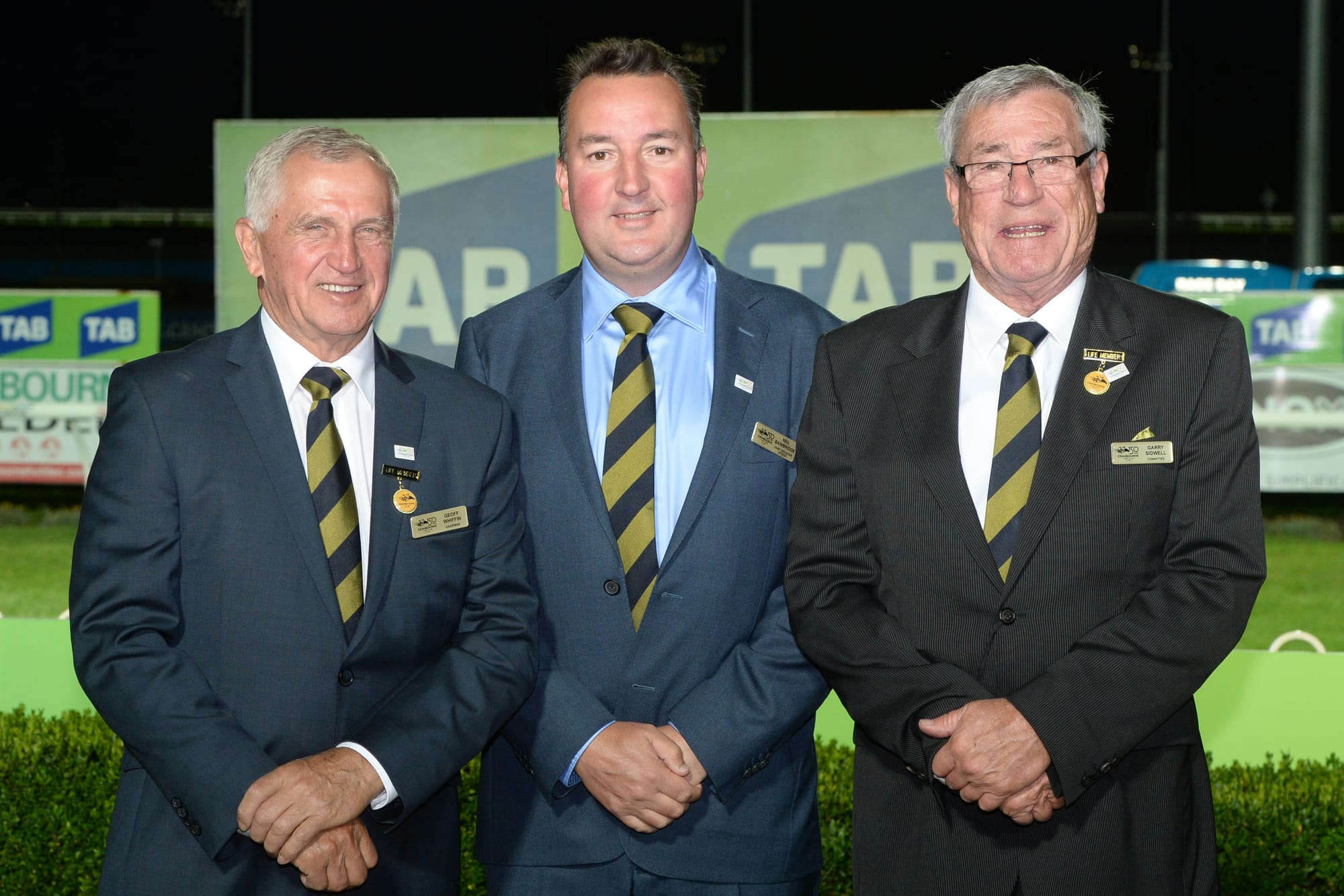
When Bainbridge projected forward a decade ago, he saw a shifting population.
As the chief executive of Southside Racing, the merger of Bainbridge’s old club Cranbourne and the Pakenham Turf Club, Bainbridge points to the rapidly changing story of Melbourne when explaining ambitions unimaginable a decade ago.
“Look at where the people are going. They’re pushing out, coming out here in strong numbers,” Bainbridge said.
Southside has thrown its hat in the ring to host the 2026 Cox Plate. The venue would most likely be Cranbourne.
“We’re a longshot but we are entitled to be in the conversation,” Bainbridge said. “If not the Cox Plate, then maybe a race like the William Reid.”
Interestingly, Southside is also in status limbo. It is not registered as a country cub but is soon expected to be ticked off for metro status.
It has two new $1 million slot races, the Supernova and Meteorite. It runs 60 race meetings annually and wants 100, across the two tracks. It plans to stage a $5 million race meeting.
In a strategic plan released last week, Southside revealed it wants to transform its stand-alone Cranbourne and Pakenham Cups into linchpins for a Southside festival at the end of the metro spring carnival.
The club will seek more night and feature racing, including and beyond the 18 months of the Moonee Valley rebuild phase.
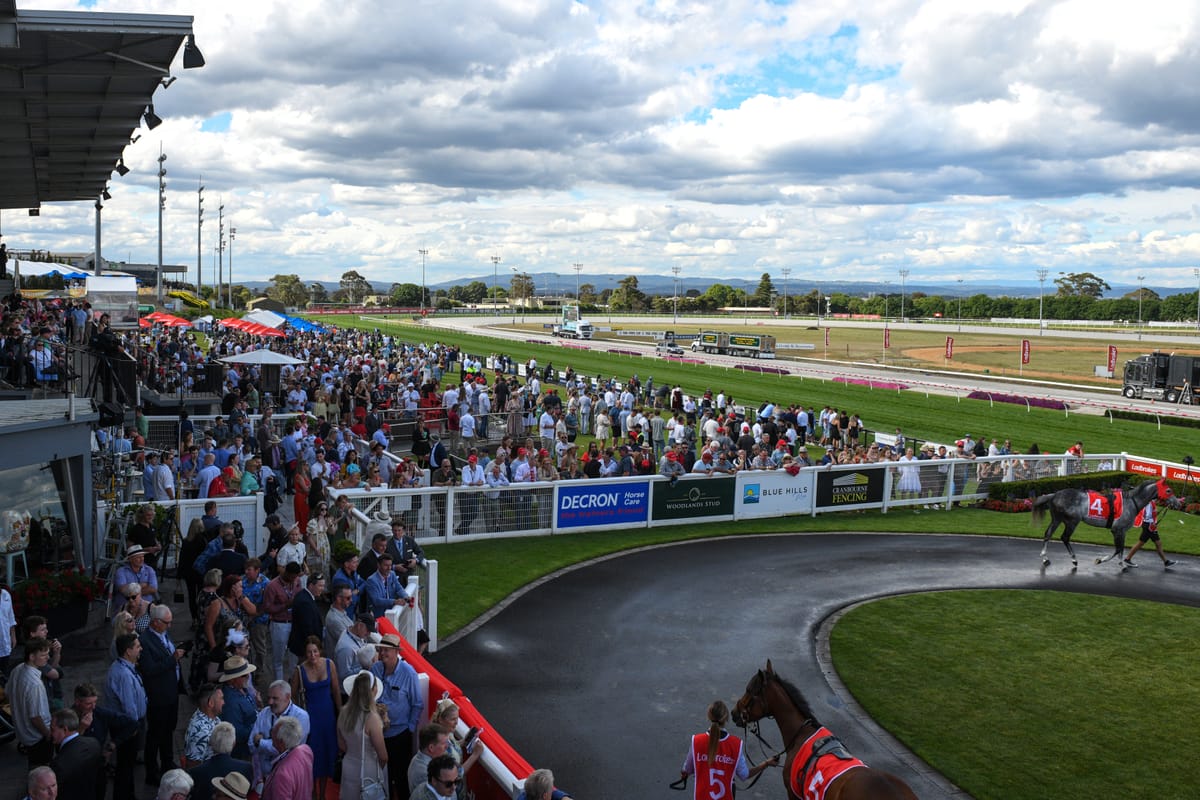
It turned the heat on the metro clubs last week by revealing “Together At The Table” affordable on-course dining.
These are dramatic plays from a club with ambitions that reflect expansion around it.
Melbourne is moving outwards. Southside is in one of Melbourne’s biggest growth corridors.
“For 100 years the CBD was the centre of the city and the three racetracks were all 15km from it,” Bainbridge said.
“I’m not convinced that's the prime location anymore. The demographic has changed. This is now a huge centre for population growth.”
There has been a perception that Racing Victoria’s focus on wagering growth came at the cost of community engagement.
Southside is determined to bring the large, growing and diverse Southside community along for the ride. Many recent migrants have settled in the area.
Racing is desperate to unearth a new audience. Bainbridge would say it’s all around him and growing.
Southside has pledged $500,000 to community projects via the Southside Foundation and believes it can reach 50,000 members within a handful of years. As a comparative measure, the VRC, with all its history, has 35,000.
Bainbridge said the slot races would “capture the imagination of the community”.
He said the merger of two clubs provided punch.
He also expects a similar rationalisation of Victorian clubs.
“The consolidation of the two clubs gave us the opportunity to elevate ourselves,” he said.
“It’s getting tougher and tougher for race clubs and we’ve reached an economy of scale. It’s led to greater commercial opportunities.
“We have aspirations to become the fourth metro club and by every measure we are a metro club. We see a way forward with RV and we already have a seat at the (metro clubs) table and have votes under the constitution.”
The VRC this week launched its bid to host the 2026 Cox Plate at Flemington at the end of November, an opportunity, as mentioned, that Southside has already put its hand up for.
“For 100 years the CBD was the centre of the city and the three racetracks were all 15km from it. I’m not convinced that's the prime location anymore. The demographic has changed. This is now a huge centre for population growth” - Southside chief executive Neil Bainbridge
Bainbridge’s case for Southside is that one more Flemington meeting would be simply more of the same.
He says a one-off Southside Cox Plate would be a point of difference that would take the great race to a new demographic.
“As a one-off, I can just see the opportunity. Do it right and it’s something people would talk about for years,” he said.
Melbourne is not what or where it used to be. Outer suburbs of the 1970s are now inner suburbs, epicentres are now out east and west.
Southside has the numbers - more than 1500 horses and the people who come with them.
The paddocks around Pakenham racetrack provide a rural setting but the new housing estates are getting closer. “I’m not sure how long it will take but the urban growth will head that way. It will happen, it’s just a matter of time,” Bainbridge said.
For Bainbridge, Southside and Victorian racing’s blueprint for the next 20 years, this is the land of opportunity.

